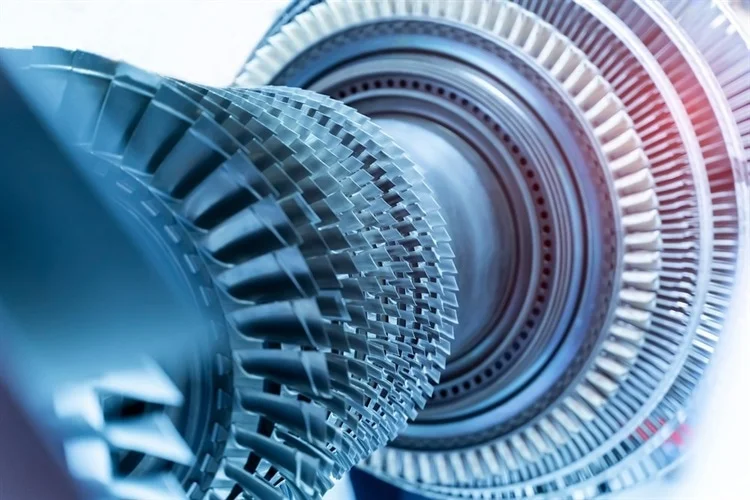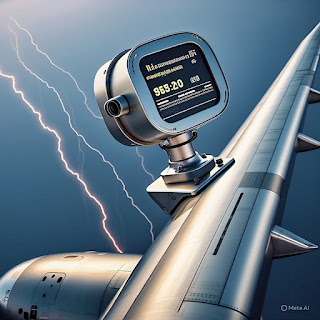International Conferences on Composite Materials
8th Edition of International Conferences on Composite Materials
Award Nomination - https://x-i.me/compram1
Abstract Submission - https://x-i.me/compabst2
The Role of Composites in Aerospace Engineering
Advantages of Utilizing Composites in the Aerospace Sector
Composites are gaining popularity in aerospace engineering for a variety of factors. They are significantly lighter than conventional materials such as metals. Weight reduction is crucial in aerospace engineering because it improves engine performance and reduces emissions. Lightweight composites are useful in reducing both the financial expenses and the ecological effects of the aerospace sector.
Composites are highly versatile due to their ability to be molded into complex configurations. Without being restricted by the limitations of conventional materials, engineers can construct parts that have been customized to suit the requirements of a specific aircraft.
Composites are also extremely resistant to weathering and fatigue, making them ideal for aircraft construction. Their ability to withstand exceptionally high temperatures is a major advantage, especially for applications in spacecraft and re-entry vehicles. For these reasons, composites are utilized for building primary load-bearing structures of aircraft and spacecraft, such as wings, fuselage, landing gear, engine nacelles, etc.
Reinforced Carbon Fiber Composites for Aerospace Applications
In the past few years, carbon fiber reinforced polymer (CFRP) composites have become an essential material for aerospace and wind energy equipment due to their compact size, excellent durability, and corrosion-resistant properties. Due to their low density, carbon fiber-reinforced carbon matrix composites, also known as carbon/carbon (C/C)
composites, are an outstanding component of lightweight composites.
Over fifty percent of the airframes of the two highly popular long-range aircraft, the Airbus A350 and the Boeing 787, are comprised of CFRPs. The A380 was the first aircraft to feature a CFRP composite core wing box, saving up to 1.5 tons compared to the most advanced aluminum alloys.
In the latest article published in Composites Part B, the authors reported compact carbon fiber composites strengthened by hafnium carbide nanowires (HfCNWs). The incorporation of HfCNWs into C/C composites resulted in the development of a lightweight HfCNWs-C/C composite. The tensile strength of the two types of composites following annealing at temperatures of 1800 °C, 2100 °C, and 2450 °C were evaluated.
The mechanical strength retention rate (MSR) of HfCNWs-C/C was found to be greater than that of C/C. The mass ablation rate of C/C composites containing HfCNWs was reduced. This is because the decomposition of HfCNWs contributes to weight gain during ablation.
Therefore, it is demonstrated to be a lightweight ultra-high-temperature composite with outstanding high-temperature efficiency, demonstrating the tremendous potential for use as a thermally structural part in the aerospace sector.
Magnesium and Ceramic Composites in the Aerospace Industry
Magnesium composites are utilized in a variety of functions, including engine assemblies for aerospace vehicles, braking elements, and motion axles. On the F16 aircraft, aluminum entryways have been replaced with magnesium composites strengthened with SiC particles, thereby enhancing fatigue life.
Particularly necessary for gas turbine blades are materials that can withstand high temperatures. Extremely lightweight composite turbine blades maintain their strength at turbine exhaust temperatures of approximately 1050 °C.




Comments
Post a Comment